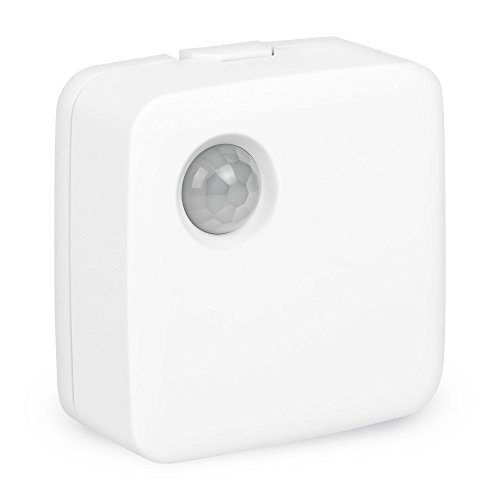Active motion sensors send out a signal. Then if someone moves within range of that sensor, the signal is disturbed and the alarm is triggered. Active motion sensors often use radar to send out ultrasonic waves or microwaves, but they sometimes use other types of active signals.
Photosensors are also active motion sensors. They emit light (for example, a laser), and then if something blocks that light the sensor is triggered.
Passive motion sensors pick up infrared signals put off by body heat. If the sensor notices an infrared energy, the motion detector is triggered and an alarm may sound. These sensors are sensitive to sudden temperature changes, so avoid placing them close to heating vents.
What happens when a motion sensor is triggered?
What happens after a motion sensor is triggered will depend on your setup.
- Best-case scenario: your motion sensors are part of a professionally monitored security system. In that case, the monitoring center will notice the alarm and send help to your home even if you aren’t available.
- If you’ve got a smart sensor that isn’t part of a security system, you’ll still get a notification on your mobile device. Then you can decide what to do next, whether that is hurry home, call the police, or ask a neighbor to check on your house.
- If you have a basic motion sensor with a built-in siren you must be around to hear that alarm and take yourself.
Placement tips
Motion sensors work best if they’re placed correctly. Follow these tips to prevent false alarms and make sure your motion sensors are effective as possible.
- Keep PIR motion sensors away from heat sources to avoid false alarms.
- Install sensors near entryways and walking paths where people are most likely to pass.
- Place sensors higher up to reduce the chances of a pet setting them off.








